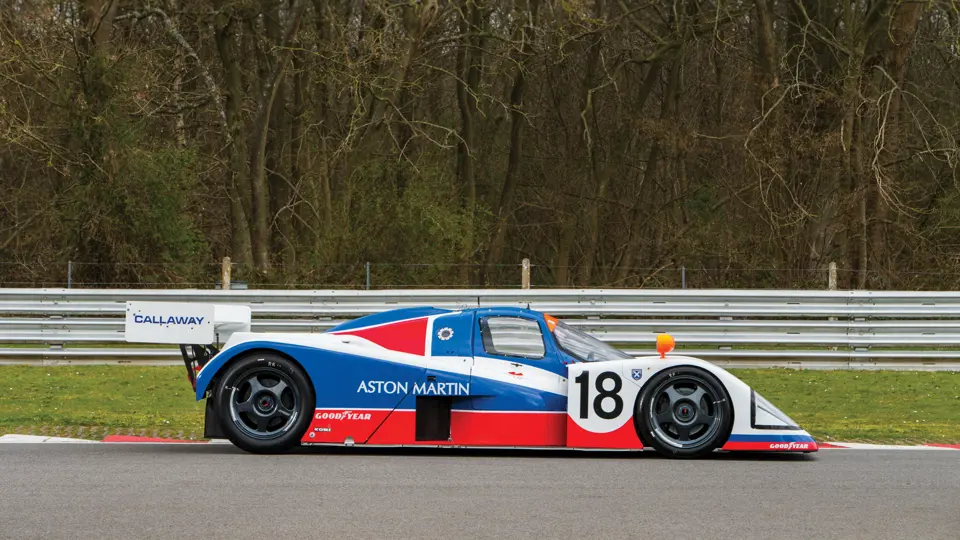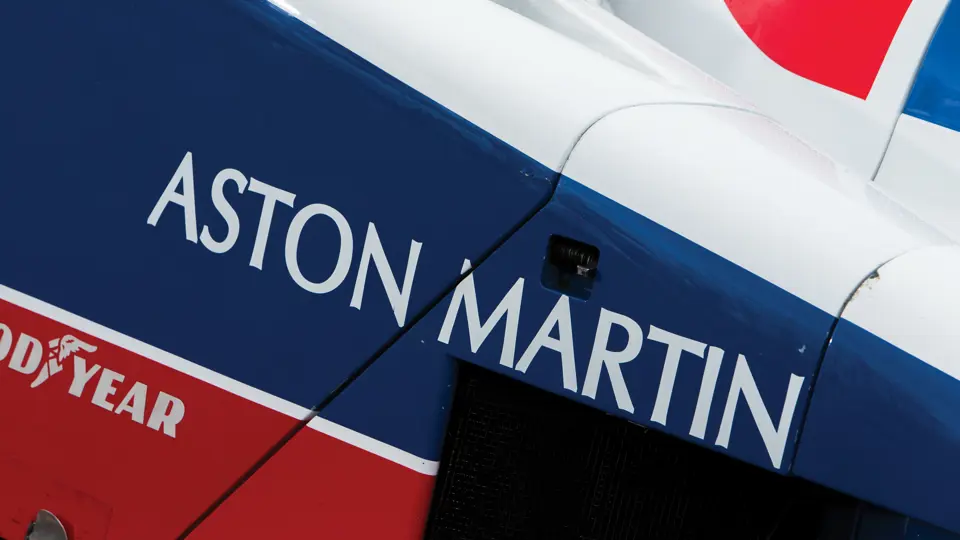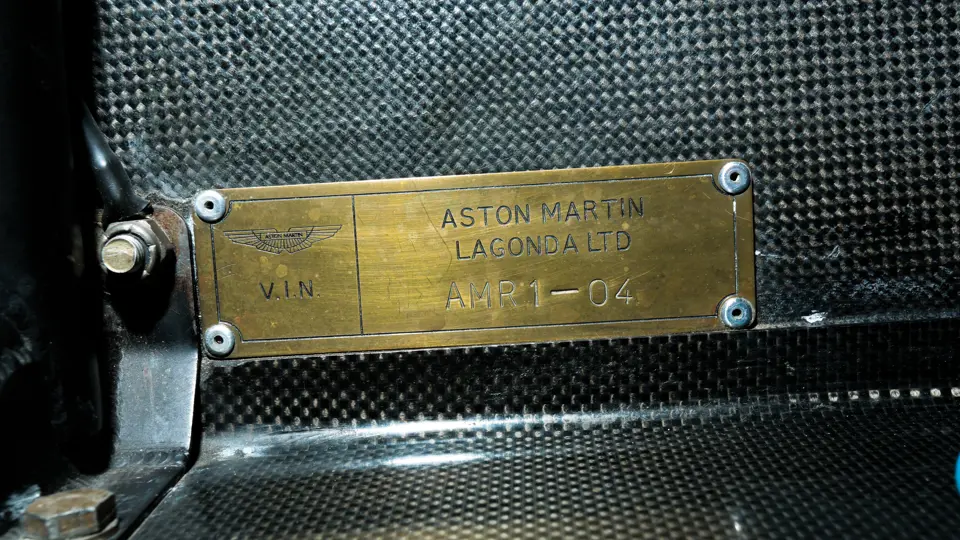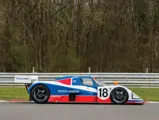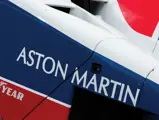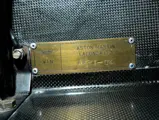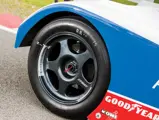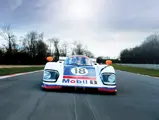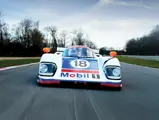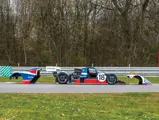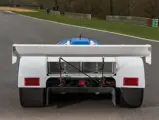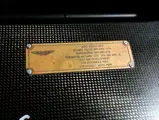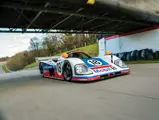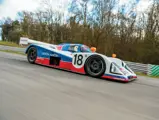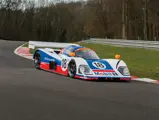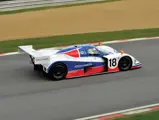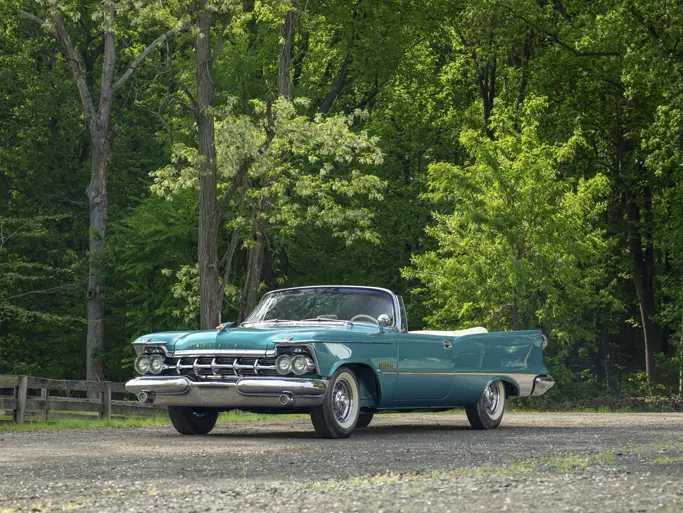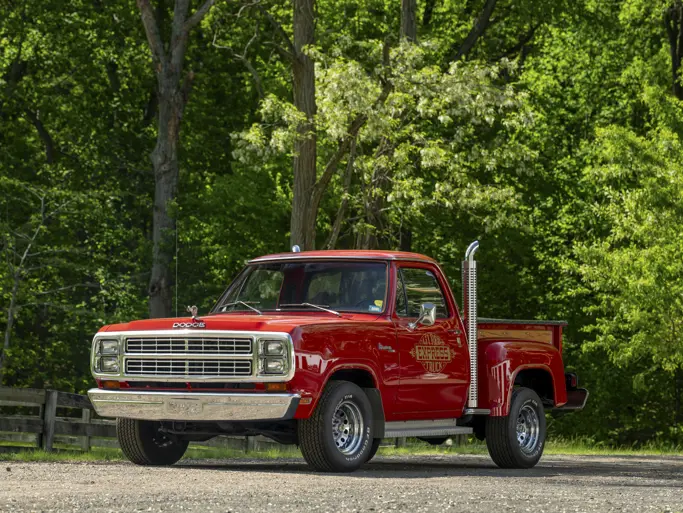
1989 Aston Martin AMR1 Group C
{{lr.item.text}}
$616,000 USD | Sold
{{bidding.lot.reserveStatusFormatted}}
- Offered by its first private owner
- One of only four AMR1s in existence; one of two Lightweights
- Likely the most correct example; retains its original carbon-fiber chassis
- Driven by David Leslie, Brian Redman, and Michael Roe at Spa, Donington, Nürburgring, and Brand’s Hatch
- Competitive in modern historic racing
- Fastest lap by two seconds at the 2013 Monterey Group C race, at the hands of Brian Redman
In mid-1987, Aston Martin was already planning its next Group C racer, the AMR1. The car was funded by automotive magnate Peter Livanos and would be designed by Canadian Max Boxstrom, of Dymag Wheels, whilst Ecurie Ecosse would back it, under the direction of Hugh McCaig, Ray Mallock, and Richard Williams.
The AMR1 was all new from the ground up. It had to be on the cutting edge to battle the might of fully developed racers from Jaguar, Porsche, and Mercedes-Benz. To this effect, Boxstrom set about designing a car that would take maximum advantage of current ground-effects technology. The car had a massive aero tunnel running from midship to the rear. The engine was even angled three degrees upwards at the rear to improve the tunnel effect, while a large rear wing provided adjustable downforce. The chassis tub was built of Kevlar and carbon fiber, and the radiator was mounted in the rear. The tub was very modern for its day, as it was essentially a narrow driver’s compartment beneath the outer skin, which allowed for forward ground effect channels at the nose. Boxstrom’s suspension followed the Formula One practice of having almost no travel. The massive downforce that was created by the design was to, quite literally, press the car to the surface of the track.
A stock Aston Martin V-8 block would be developed to power the sports prototype, but its two valve heads were replaced by four-valve versions that were designed by Reeves Callaway, of Old Lyme, Connecticut. Callaway Engineering worked with a range of 5.0- and 6.0-litre engines, but the smaller engine was eventually dropped by Aston in favor of the 6.0-liter Le Mans configuration. This engine developed a highly reliable 700 horsepower at more than 7,000 rpm, and the narrowed transmission, fitted between the engine and final drive, was unique to the Aston as well. A 100-liter fuel cell was fitted with a reserve of 6.5 liters, providing an extended range.
After chassis 01 and 03 had been intensively developed and tested, and even participated in some races, such as Dijon and Le Mans, this car, chassis number AMR1/04, which is designated as a Lightweight as it is just 920 kilograms, was built-up in mid-1989.
In July, Brian Redman and David Leslie drove this AMR1 at the Brands Hatch 480 KM to an outstanding 4th overall finish. August saw this car at Nürburgring, where it snatched an 8th overall at the last corner and was again driven by Leslie and Redman. At the Donington 480 KM, it finished 6th overall; while at the Spa Group C race, chassis 04 was running in 8th place when a connecting rod let go on lap 44, resulting in its first DNF. After eight results in 10 starts, the AMR1 team ranked 6th overall in the 1989 World Championship.
Although serious development of the new AMR2 took place over the winter of 1989 and 1990, various setbacks began to undermine the program’s continuity. A rift between the organizers, the A.C.O. of the 24 Hours of Le Mans race, and the F.I.S.A. sanctioning body created doubt concerning the continuation of the event. Ford had initially offered to develop and supply a much-needed new engine for the AMR1/2 program, but then reversed their decision. After such a promising beginning, the AMR1 and AMR2 operation unfortunately ended in March 1990.
The present owner, an ex-chairman of the AMOC/USA East, purchased AMR1/04 directly from the factory, making him the first private owner. Since the early 2000s, he has raced this car, with mechanical support from Group C specialists Hudson Historics, in numerous sprints and endurance events and at circuits such as Watkins Glen, Lime Rock, Road Atlanta, Monterey, Sebring, and Daytona. In 2003, after an invitation from Lord March, AMR1/04 participated in the Goodwood Festival of Speed; this was an occasion that was pictured in many AMOC and international publications. After a thorough freshening, original driver Brian Redman set the fastest race lap, by two seconds, in the 2013 Monterey Historics Group C competition. That same year, the AMR1 was also featured as part of the "Best of Britain" exhibit at the Simeone Foundation Automotive Museum. The January/February 2014 issue of Vintage Motorsport featured AMR1/04 on its cover and in a Salon feature, under the apt title of “Beastly Beauty.”
As one of only four AMR1s in existence, chassis AMR1/04 is likely the most original example remaining, and it has garnered the most impressive racing results. It is still suitable for further historic racing events and concours displays by its next favored caretaker.
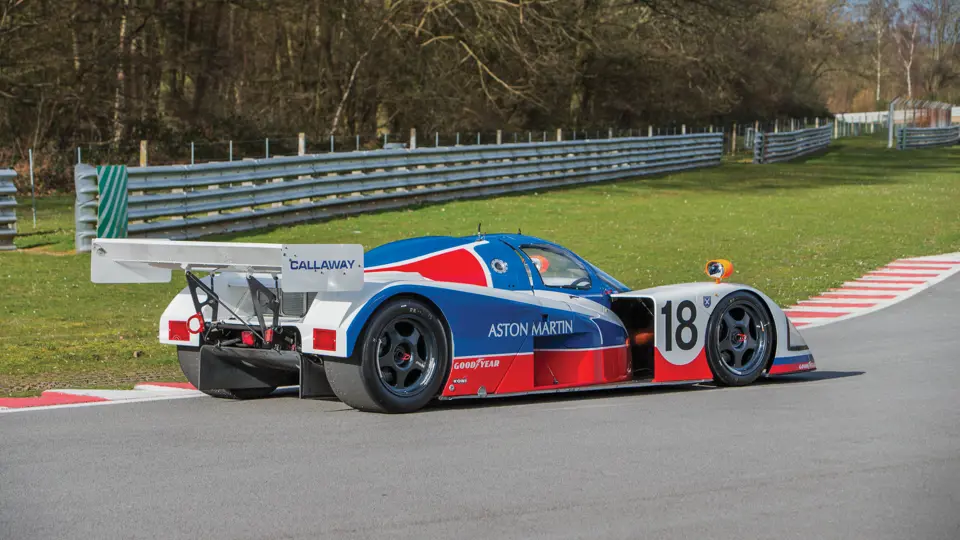



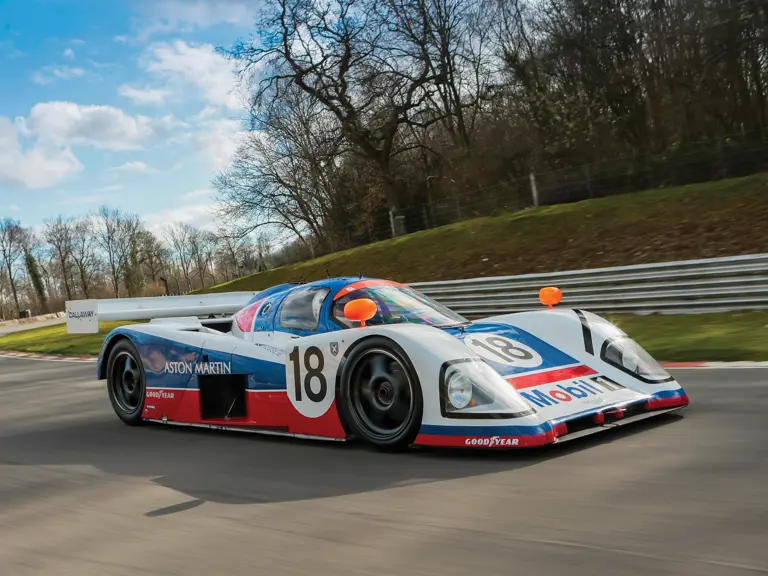
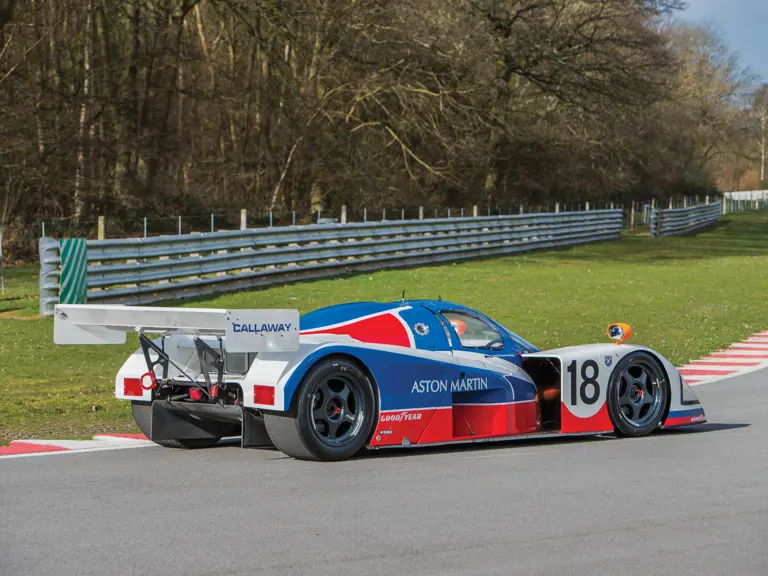
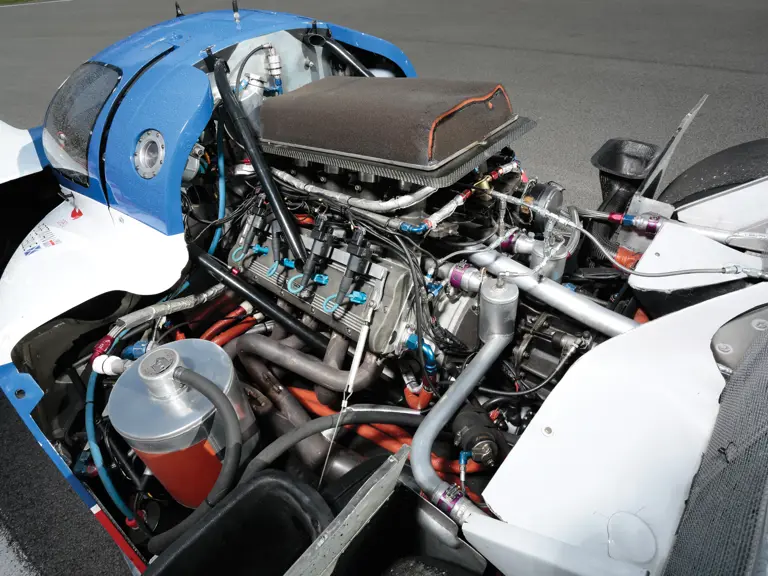
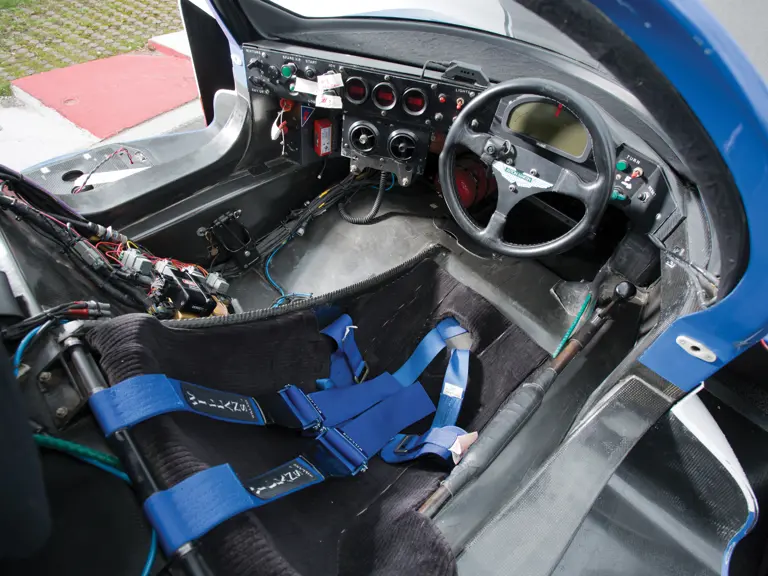
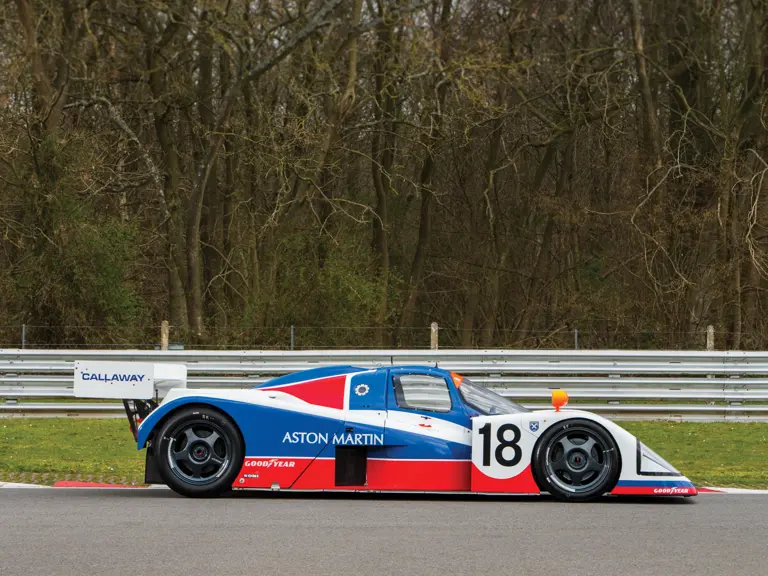
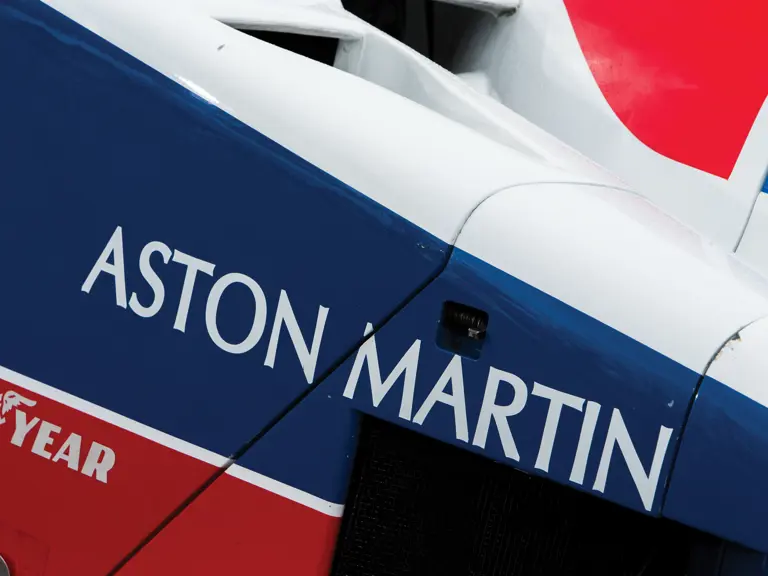
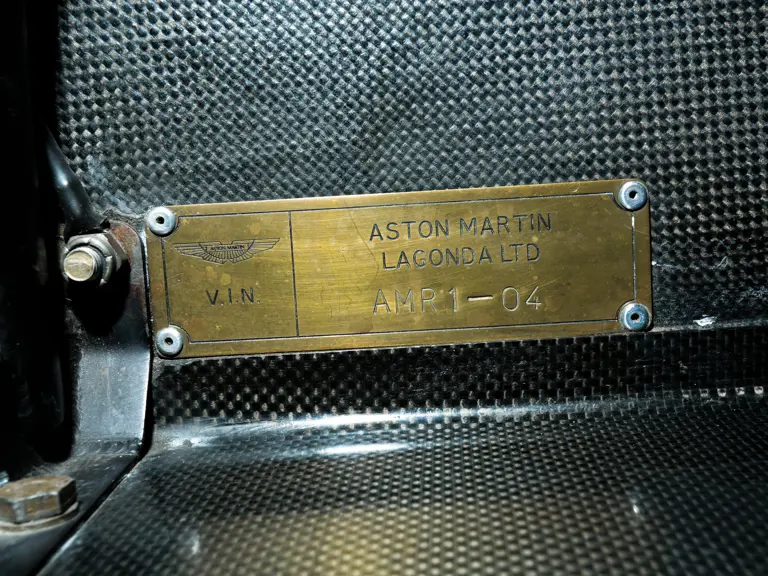
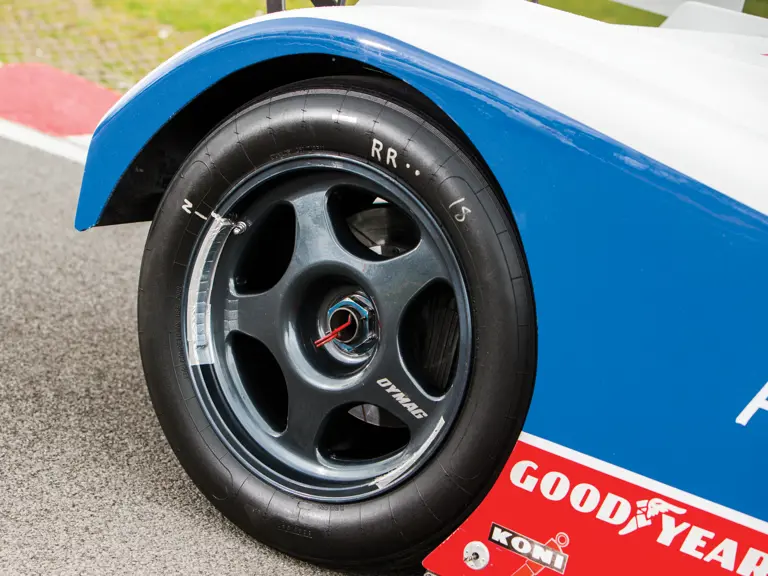
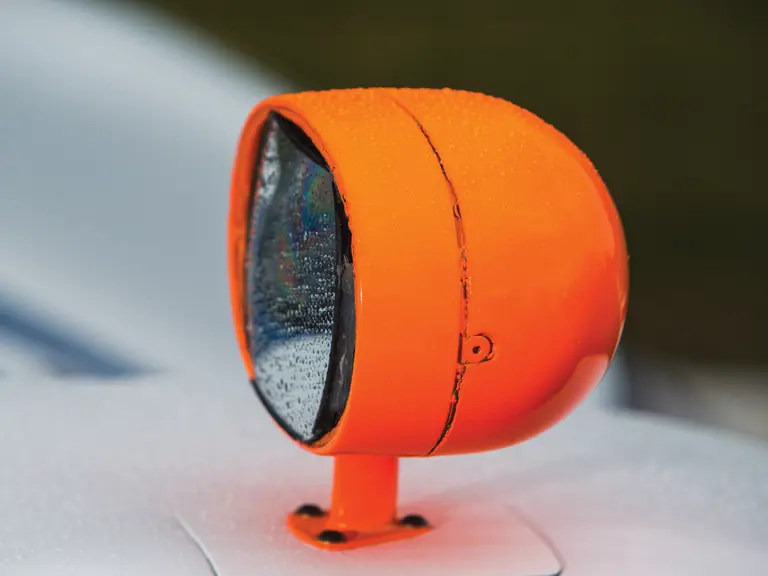
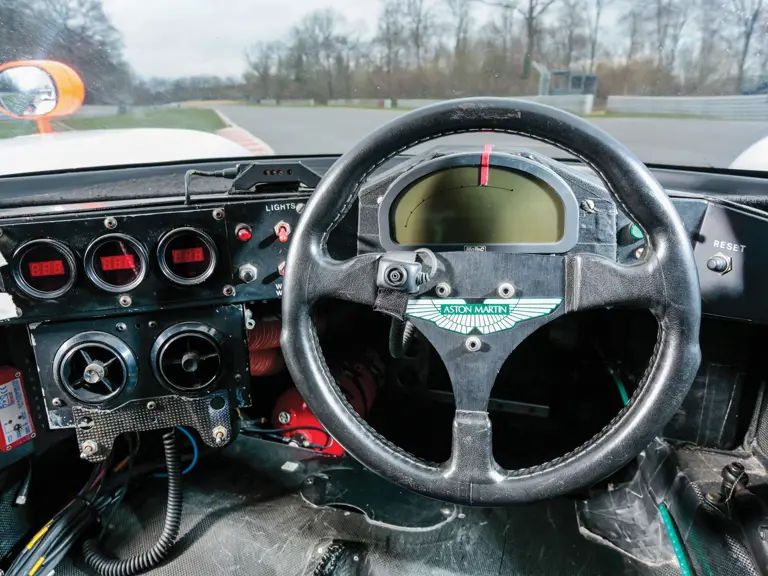
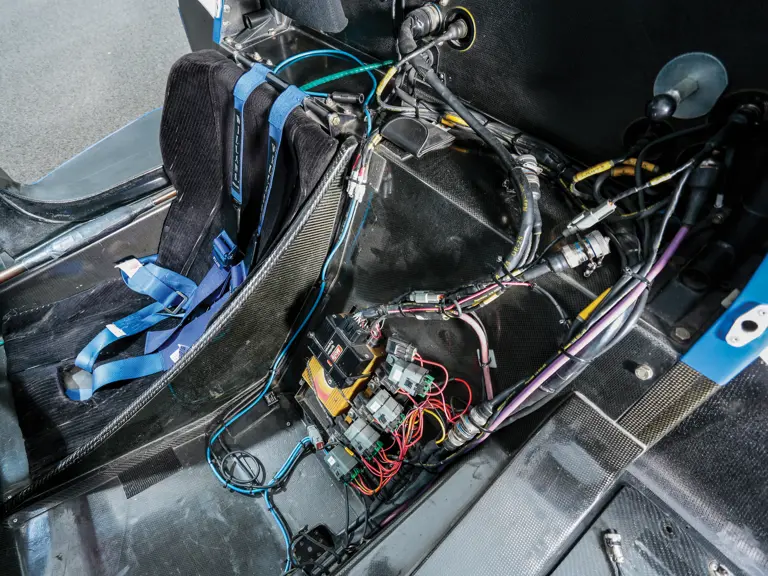
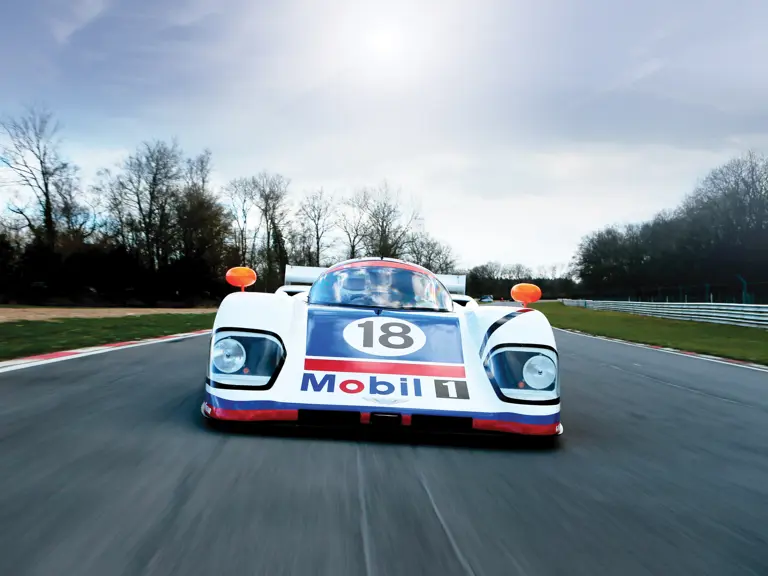
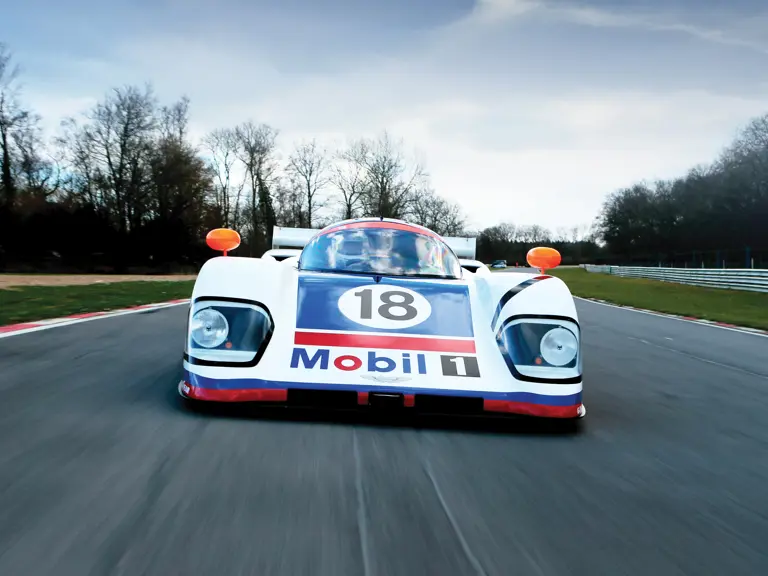

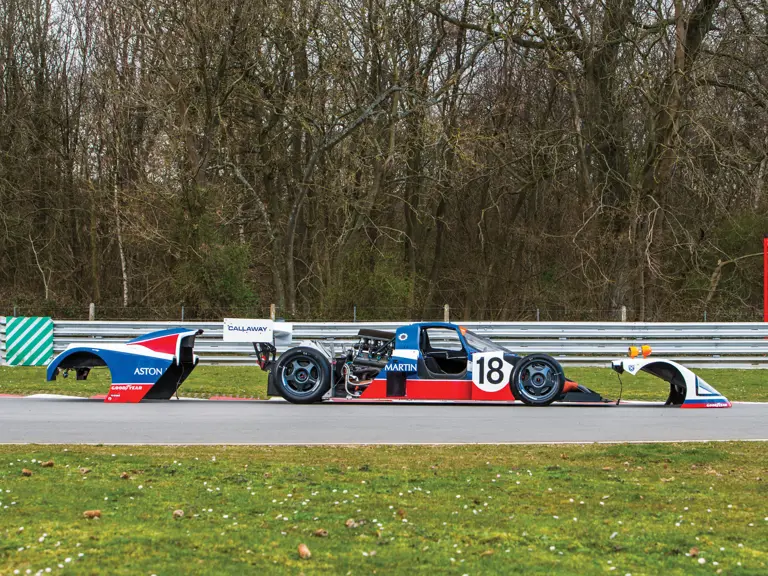
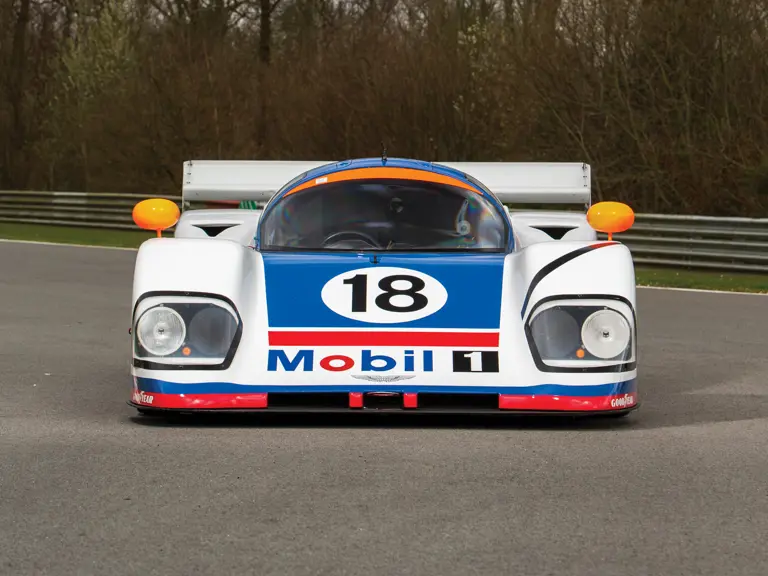
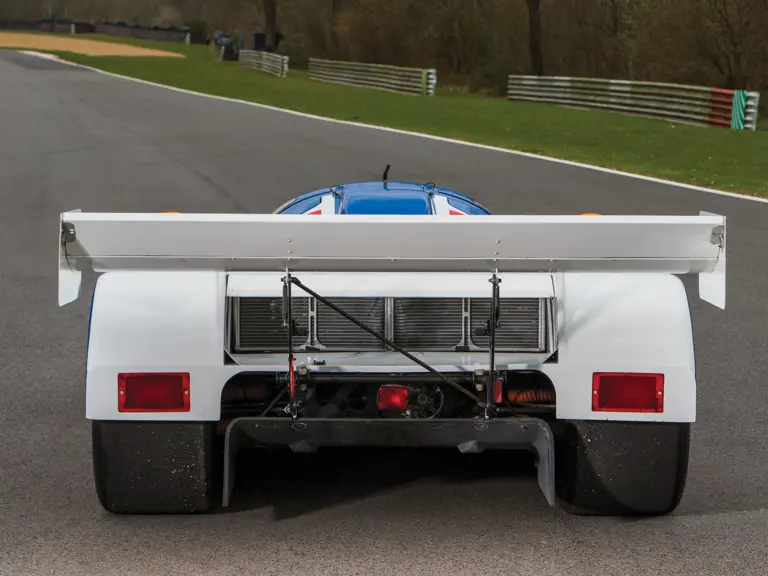
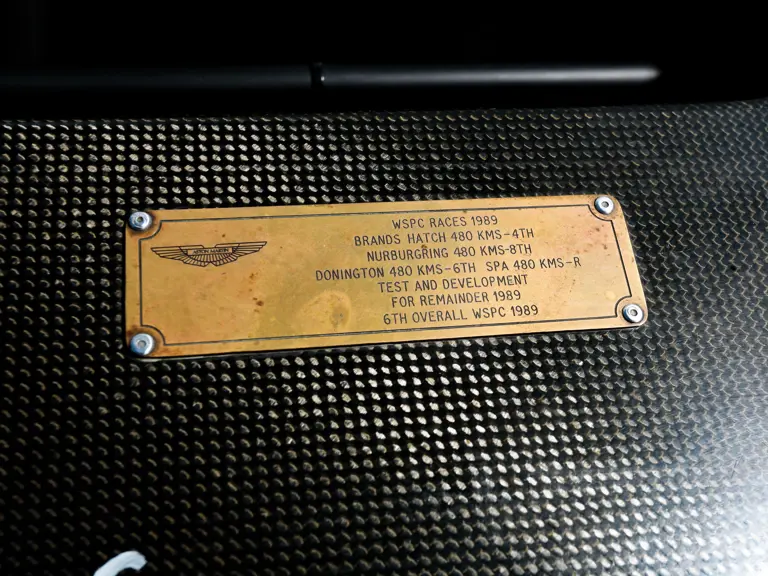
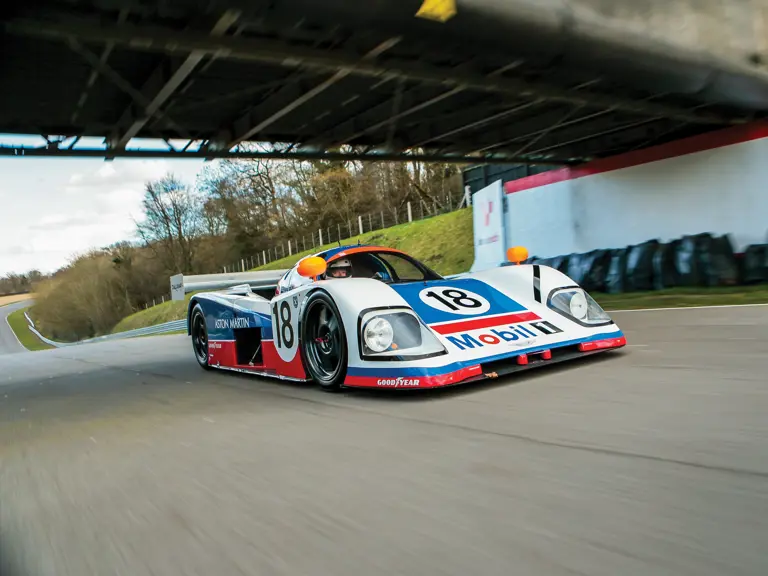
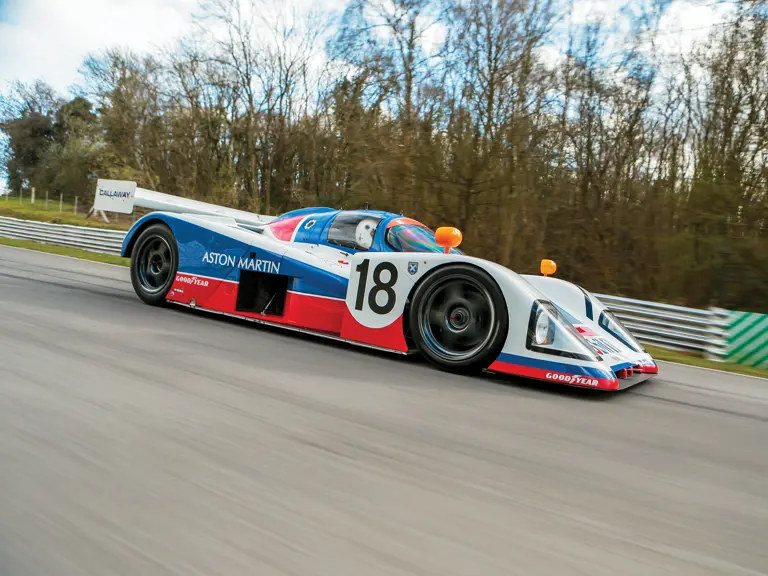

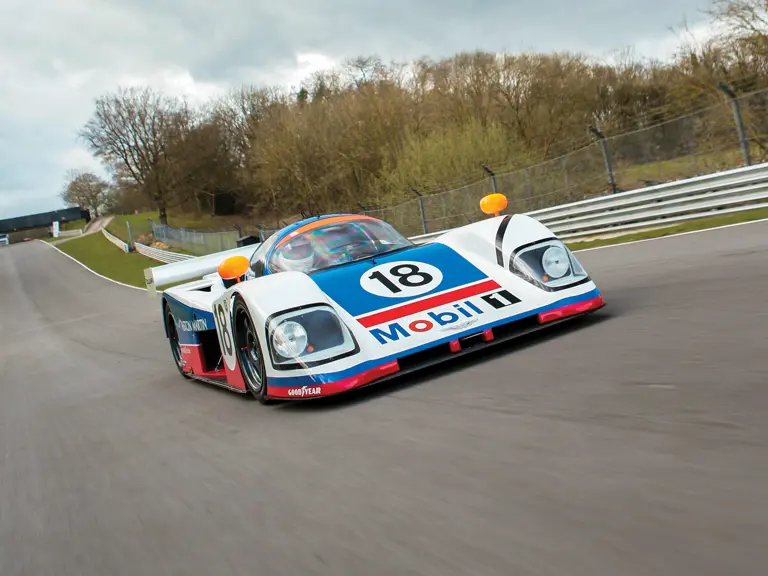
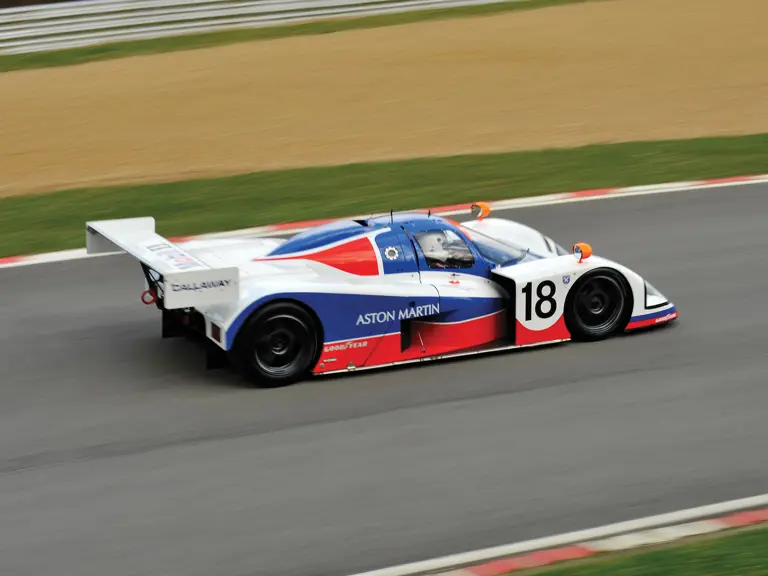
 | Monterey, California
| Monterey, California
